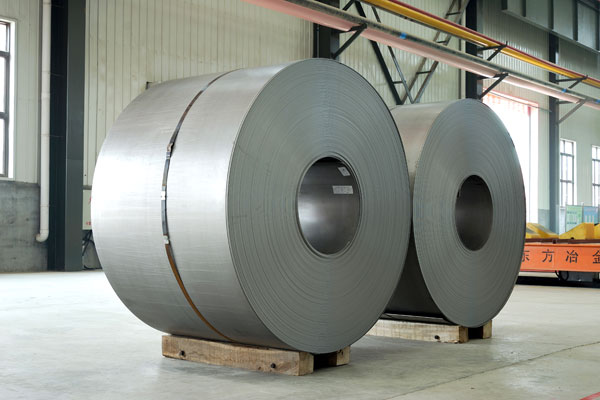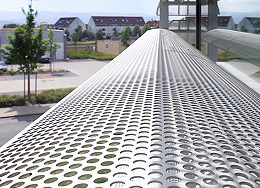
Thống kê
| 1882815 | |
| Số người đang online | 1 |
| Số truy cập hôm nay | 226 |
| Số truy cập tháng này | 57956 |
Quảng cáo
Austenitic stainless steel

|
Austenitic steel is kind of non-magnetic stainless steel containing chromium and nickel content, and low carbon. Known for its ability to shape and resist corrosion, austenitics is widely used grade of stainless steel. While steel ferrite with a block (bcc) structure centered county, austenitic stainless steel range is defined by blocks (fcc) crystal structure of their face center, which has an atom at each corner of cube and one in the middle of each side. Structured particles formed when enough quantity of nickel is added to the alloy (eight to ten percent in 18 percent chromium alloy standard).
As well as the non-magnetic, austenitic stainless steel heat treatment can not. However, they can be cooled to improve hardness, durability and resistance to stress corrosion. One solution annealing (heating to 1045 ° C and then cooling or rapid cooling) will restore the original state of alloys, including alloys eliminate split and re-establish after working ductility cold.
Nickel austenitic steels are classified almost exclusively made of 300 series. The most popular of these is the 304, which often contains chromium and 18 percent nickel-eight percent.
Eight percent is the minimum amount of nickel can be added to a stainless steel contains 18 percent chromium to completely convert all the austenite to ferrite.
Molybdenum can be added to a level of about two percent (class 316) to improve corrosion resistance.
Although nickel is the alloying element often used to produce austenitic steels, nitrogen can also be used to produce austenitic steel. Stainless steel with a low nickel and high nitrogen levels are classified as 200 series.
However, because it is a gas, the amount of nitrogen limits may be added before harmful influences arise, including the formation of nitrite and porous gas weaken the alloy.
The addition of manganese, also was used, combining the inclusion of nitrogen, allowing large amounts of air are added. As a result, these two factors, together with the Council (which also austenitic), often used as a substitute for nickel in stainless steel 200 series.
200 series - also known as chromium-manganese stainless steel (crmn) - was developed in the 1940s and 1950s when nickel is shortage and rising prices. It is now seen as a cost effective alternative to stainless steel 300 series can provide an additional benefit of improving the ductility.
Straight layer of austenitic stainless steel with a maximum carbon content of 0.08 percent. Low carbon layers, or "L" class, meanwhile, contains a maximum carbon content of 0.03 percent to prevent carbide precipitation.
Characteristics:
Austenitic steel is not magnetic in the annealed condition, although there may be slightly magnetic when cold.
We have good shape and weldability as well as excellent toughness, especially at low temperature, or frozen ,. Austenitic class also has a low-stress and relatively high tensile strength.
While more expensive austenitic steels ferritic stainless steel, they are generally reliable and more resistant to corrosion.
Application:
Austenitic stainless steel is used in a variety of applications, including:
Car Decorations
Cookware
Food and beverage
Industrial Equipment
|
Liên kết website
Hỗ trợ trực tuyến
-
 Liên hệ ngay.Email:ĐT: (08) 6682 3335 - Fax: (08) 6256 2218
Liên hệ ngay.Email:ĐT: (08) 6682 3335 - Fax: (08) 6256 2218
Ngày giờ hiện tại
13/9/2025
clock




